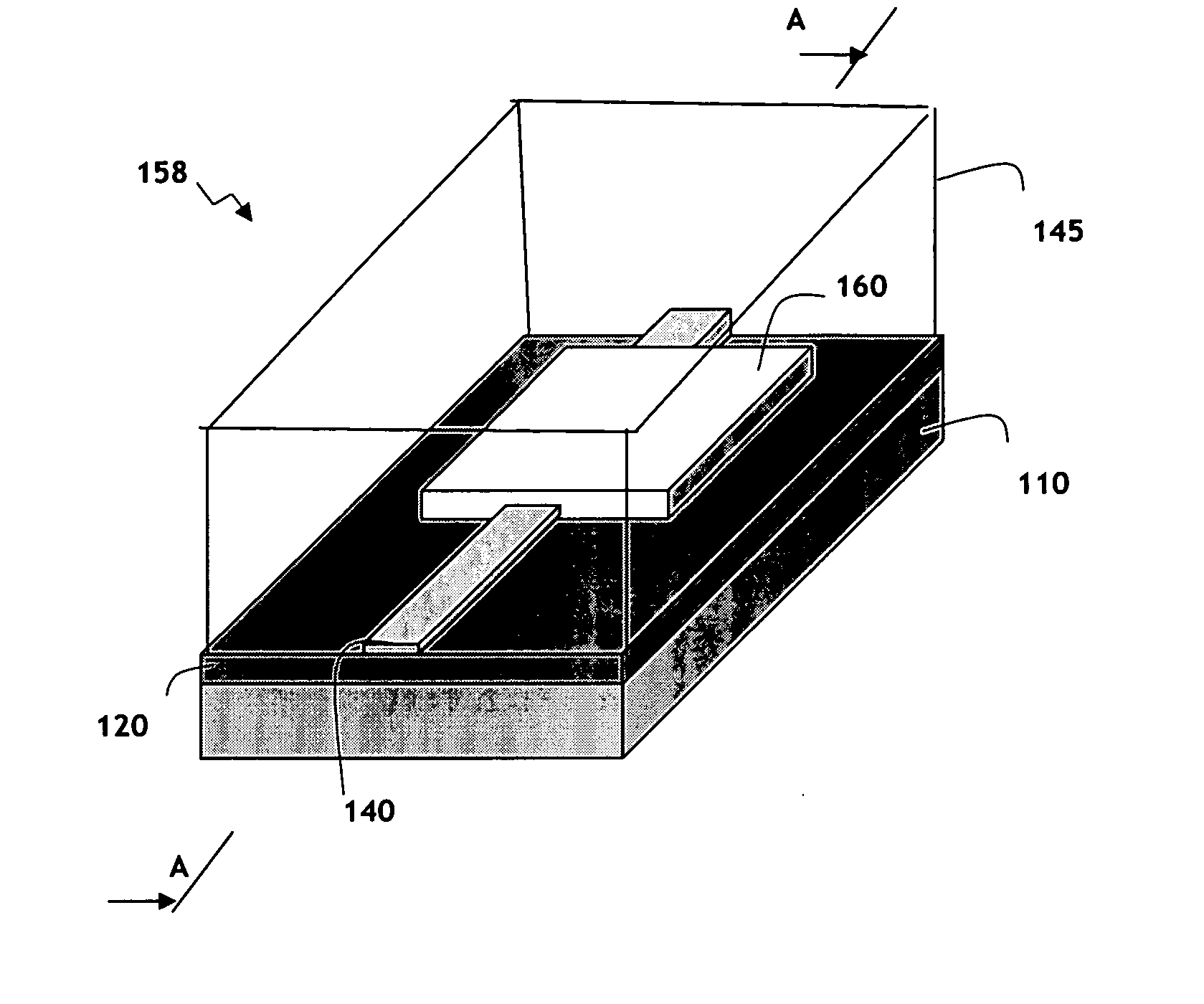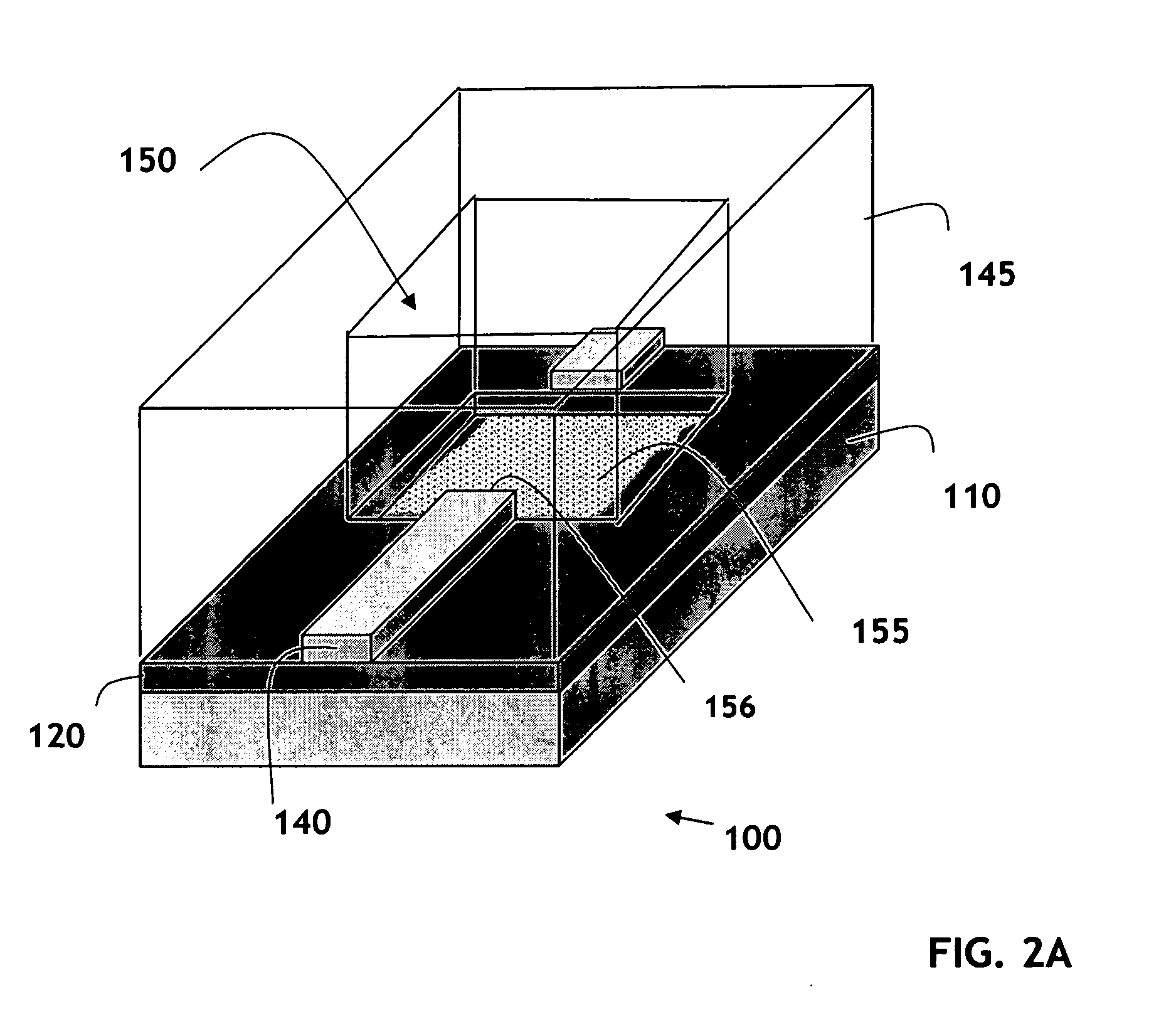Laterally-integrated waveguide photodetector apparatus and related coupling methods
a waveguide and photodetector technology, applied in the field of fabrication of waveguide-based photodetector devices, can solve problems such as marginally and if, and achieve the effect of high data ra
- Summary
- Abstract
- Description
- Claims
- Application Information
AI Technical Summary
Benefits of technology
Problems solved by technology
Method used
Image
Examples
Embodiment Construction
[0027] In accordance with its various embodiments, the invention disclosed herein contemplates fabrication of integrated waveguide-based photodetector apparatus with improved detection capabilities and integration density utilizing methods that are generally compatible with CMOS processing techniques. Also contemplated are optoetectronic circuits including at least one integrated photodetector apparatus, a light source for directing a lightwave thereto, and one or more electronic devices for receiving and processing an electrical signal generated in the photodetector apparatus.
[0028] As discussed in more detail below, efficient coupling between components in the integrated apparatus of the invention is facilitated by epitaxially growing a photodetector in lateral alignment with an optical waveguide. Selective epitaxy is suitable for fabricating optoelectronic devices according to many embodiments of the invention because it is only marginally, if at all, disruptive to a conventiona...
PUM
 Login to View More
Login to View More Abstract
Description
Claims
Application Information
 Login to View More
Login to View More - R&D
- Intellectual Property
- Life Sciences
- Materials
- Tech Scout
- Unparalleled Data Quality
- Higher Quality Content
- 60% Fewer Hallucinations
Browse by: Latest US Patents, China's latest patents, Technical Efficacy Thesaurus, Application Domain, Technology Topic, Popular Technical Reports.
© 2025 PatSnap. All rights reserved.Legal|Privacy policy|Modern Slavery Act Transparency Statement|Sitemap|About US| Contact US: help@patsnap.com



